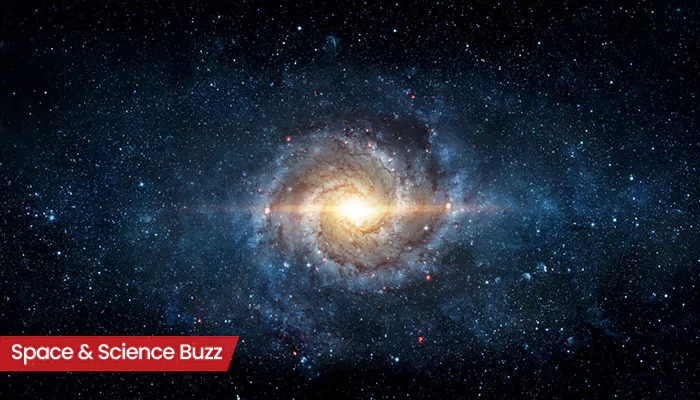A new type of planet has been discovered outside our solar system, and scientists say it is already larger than Jupiter. The exoplanet, named WISPIT 2b, was detected through a recent study led by Richelle
van Capelleveen, a PhD candidate at the University of Leiden. The findings were published earlier this week and have drawn international attention for capturing a planet at one of the earliest known stages of its formation.
Estimated to be just 5 million years old, WISPIT 2b is considered extremely young by cosmic standards. The planet is still forming and appears to be in the process of feeding on surrounding material from a protoplanetary disc, a swirling structure of dust and gas encircling its young host star.
The planet’s massive size, five times that of Jupiter, along with its early development phase, makes it an unusual and important subject for astronomers studying planetary evolution. According to researchers, WISPIT 2b appears to be carving a gap in the disc around its star, likely pulling in material to fuel its growth. Scientists described its behaviour as resembling a “cosmic Pac-Man devouring its surroundings.”
“This system will likely be a benchmark for years to come,” lead author Richelle van Capelleveen said in a statement. “We did not expect to find such a spectacular system.”
The research is part of a larger observational program titled ‘WIde Separation Planets In Time’ (WISPIT). The discovery was made using SPHERE, an advanced instrument mounted on the European Southern Observatory’s (ESO) Very Large Telescope in Chile. The planet WISPIT 2b orbits within what astronomers have now designated as the WISPIT 2 system.
This marks only the second time astronomers have been able to directly observe a planet forming around a sun-like star. The last such observation occurred in 2018 with the discovery of the PDS 70 planetary system, which similarly featured a young star and planets in the early stages of formation. Scientists have been searching for another comparable example ever since, making this new discovery particularly significant.
To mark the occasion, the ESO released a high-resolution image of the WISPIT 2 system as its official “Picture of the Week.” The image vividly shows the protoplanetary disc and the developing planet within it. Calling these discs “the birthplace of planets,” ESO emphasised that this discovery is “an important step forward in our understanding of how planets form.”
The study of systems like WISPIT 2b offers astronomers a rare glimpse into the early stages of planetary development and may reshape existing models of how massive planets emerge and evolve within their stellar environments.














